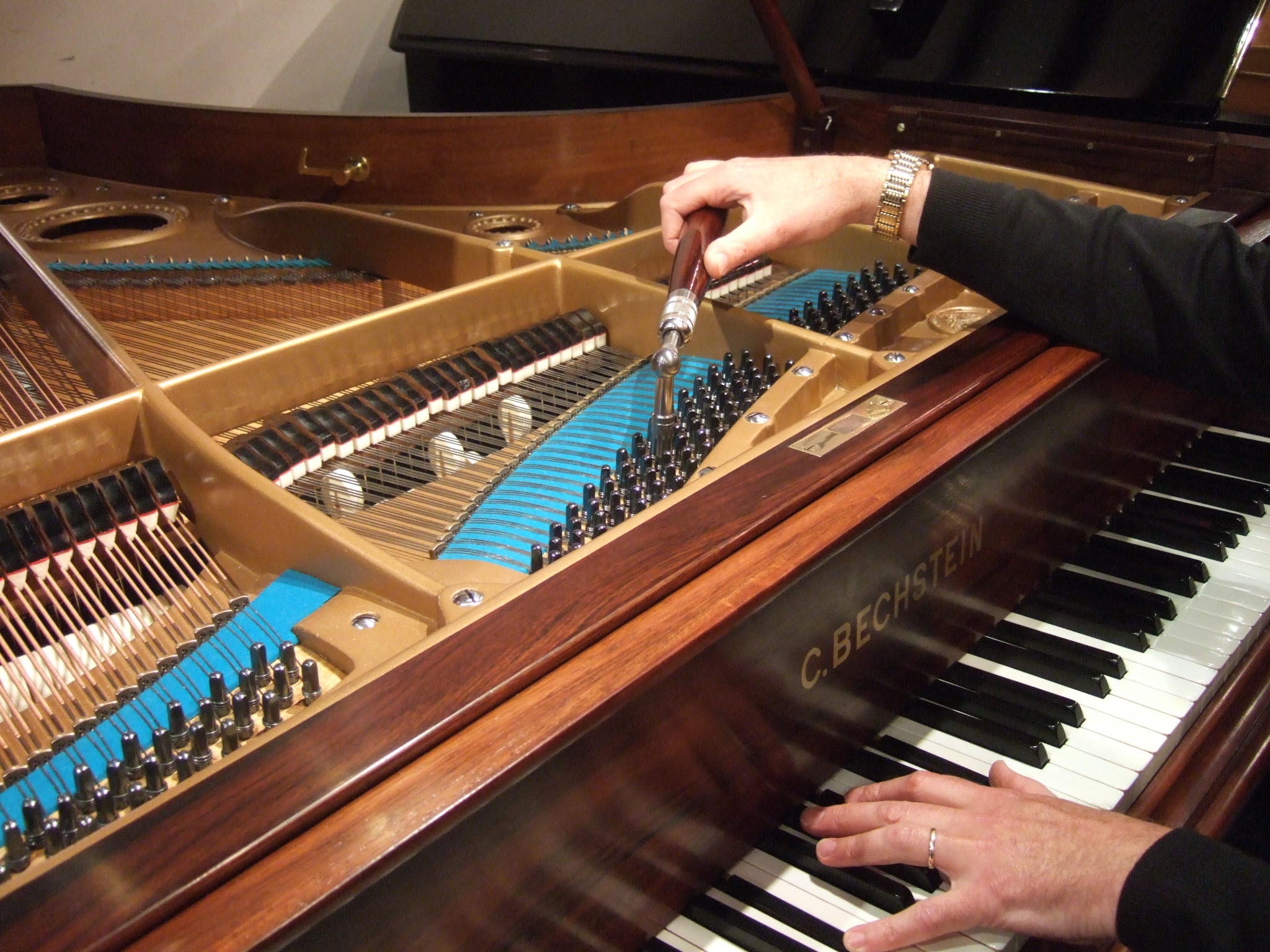When You Get Here, by B.A.
I call this article “When You Get Here” for those whom are planning on moving or relocating to a rural area. It does have some hopeful connotation, as not everyone will be planning nor will everyone who is planning make it. Realistically you should be out of the cities already. Unfortunately, going off of census data from 1996 to 2014 the average U.S. urban population has been climbing from 78% to 81%. For Canada, it was 78% and now 82%. That just means there are more people in resource poor areas. However, let’s assume that you are going to be …








